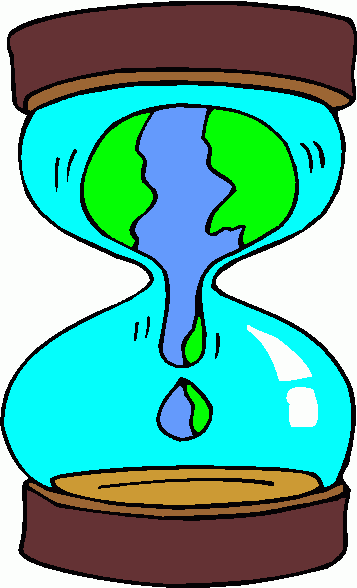
The link and explination of the phenomena from above to the recent earthquake/tsunami is that the shift of tectonic plates beneath the Pacific Ocean opened up a crack about 250 miles long, causing a good portion of Earth’s crust to tumble inside.
“There was a redistribution of an enormous amount of the Earth’s crust,” theoretical physicist Michio Kaku, with the City College of New York, told Discovery News. “It actually shortened the time of the day, and also shifted the axis of the Earth.”
“We know how much the Earth contracted as consequence of that, then you do the math,” Kaku said.
We all live busy lives, however I don’t think someone’s going to miss that millionth of a second we just lost for the days to come. What might prove to have the slightest of effects is the Earth’s axis tilt, which scientists apparently link to ice ages.
“There is still a scientific debate as to what causes ice ages,” Kaku said. “The leading theory is that there are tiny perturbations in the axis of the Earth as it turns around the sun that accumulate with time. These small shifts, this wobbling of the axis of the Earth may in fact cause ice ages.”
“Every century, we have several of these monster earthquakes so it’s hard to estimate exactly how much of an impact this earthquake would have on an ice age, for example,” Kaku added.
[image via clipartheaven. story via discovery]






